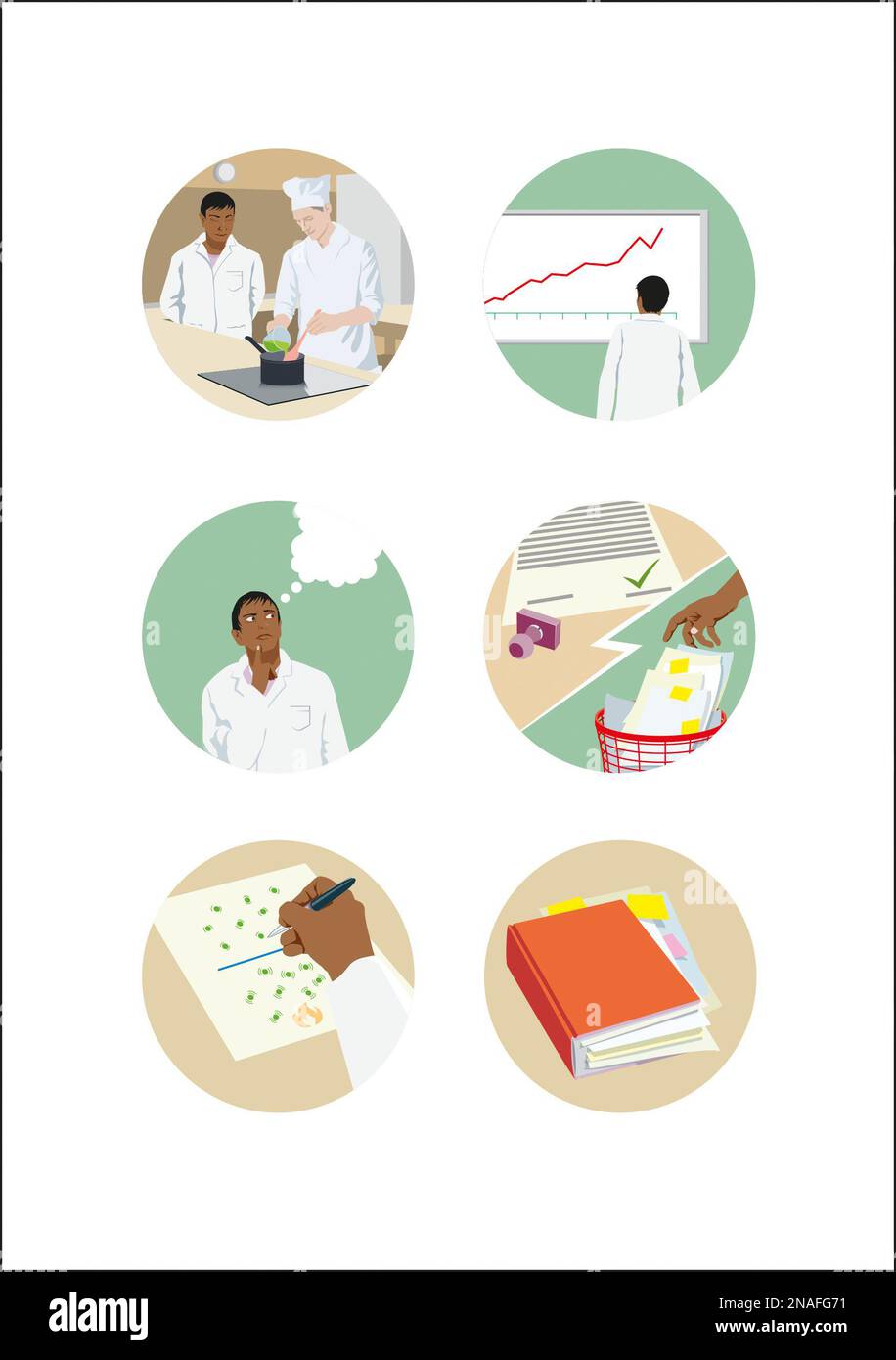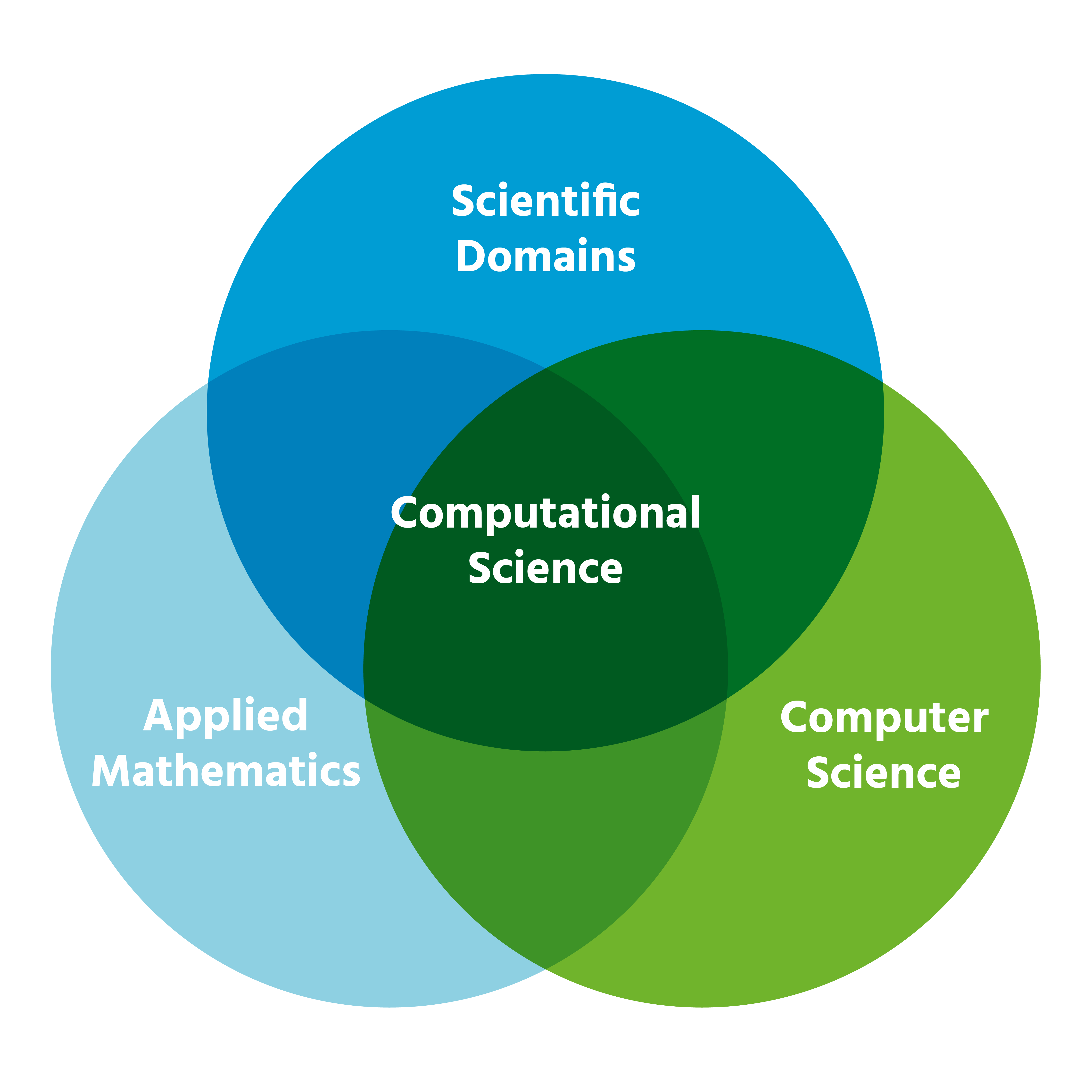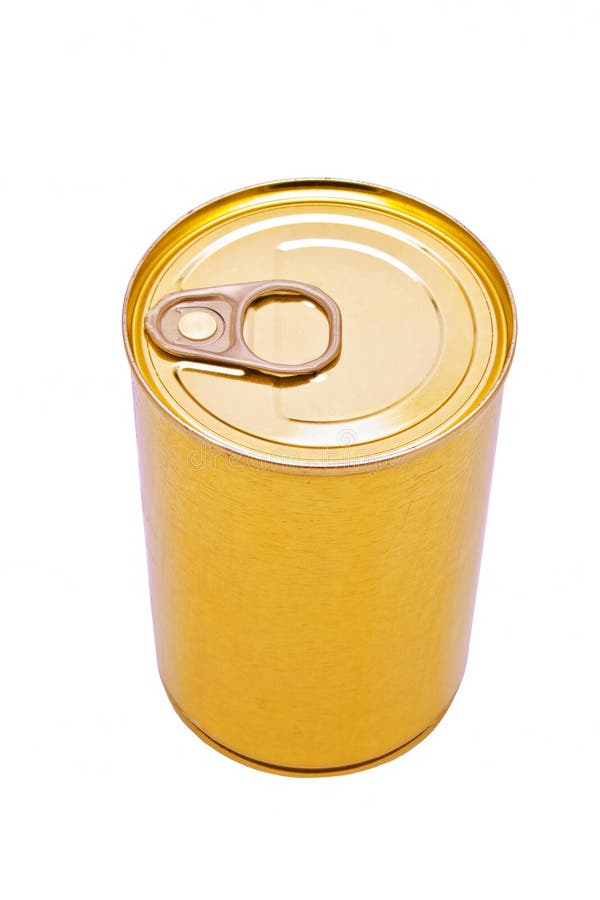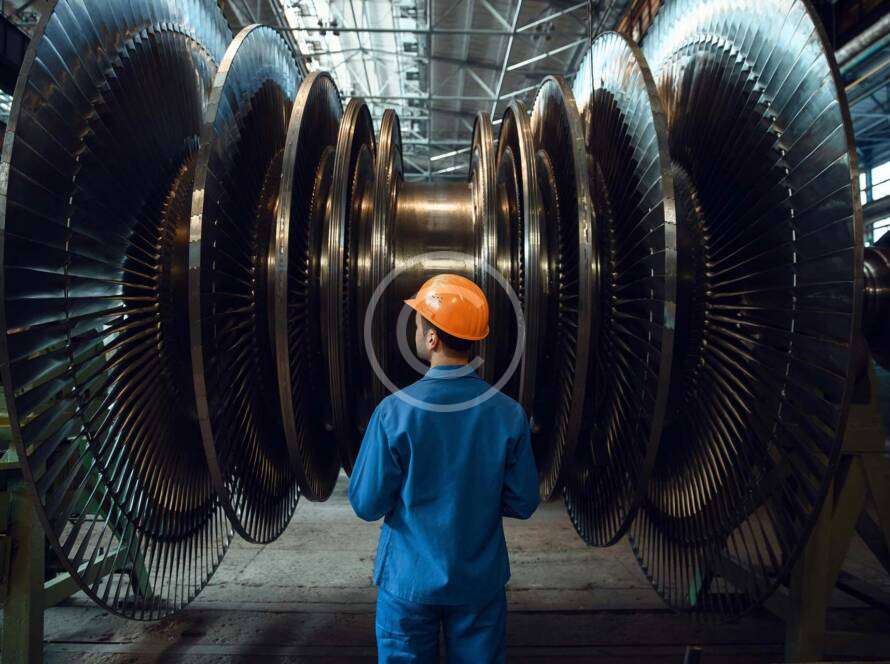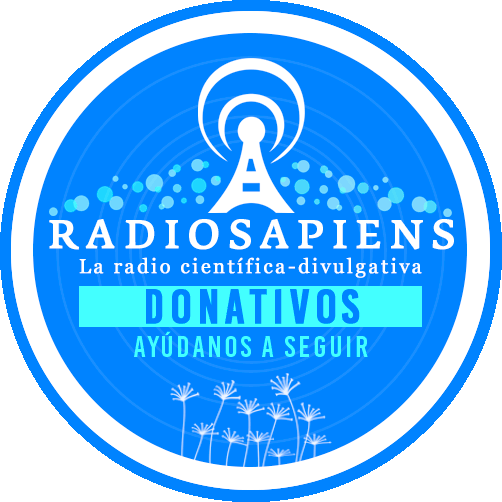Understanding the Electron Flow in Aerobic Respiration: The Downhill Sequence Explained
Introduction: The Critical Pathway of Energy Production
Aerobic respiration is the cornerstone of energy production in most living organisms, enabling cells to extract maximal energy from glucose in the presence of oxygen. Central to this process is the electron transport chain (ETC), where electrons ‘travel downhill’-that is, they move from higher to lower energy states through a precise sequence of molecular carriers. This journey is not just a molecular relay; it is the driving force behind the synthesis of adenosine triphosphate (ATP), the cell’s energy currency. Understanding the exact sequence of electron flow is essential for students, researchers, and professionals in biology, medicine, and related fields.
The Sequence of Electron Flow in Aerobic Respiration
During aerobic respiration, electrons released from metabolic substrates (primarily glucose) are transferred along a defined path. The classic sequence, widely accepted in biochemistry, is as follows:

Source: mavink.com
NADH or FADH
2
→ Complex I (or II) → Coenzyme Q (ubiquinone) → Complex III → Cytochrome c → Complex IV → Oxygen (O
2
)
Each step in this pathway is vital for efficient energy conversion:
-
NADH and FADH
2
:
These are electron carriers generated in the earlier stages of respiration (glycolysis and the citric acid cycle) that donate electrons to the ETC [1] . -
Complex I (NADH dehydrogenase):
Accepts electrons from NADH and transfers them to ubiquinone. FADH
2
electrons enter at Complex II (succinate dehydrogenase) [2] . -
Coenzyme Q (ubiquinone):
A mobile electron carrier that shuttles electrons from Complexes I and II to Complex III [3] . -
Complex III (cytochrome bc
1
complex):
Passes electrons to cytochrome c while pumping protons to help establish the proton gradient. -
Cytochrome c:
A small, soluble protein that transfers electrons from Complex III to Complex IV [2] . -
Complex IV (cytochrome c oxidase):
Transfers electrons to molecular oxygen, the terminal electron acceptor, forming water.
This stepwise “downhill” travel enables controlled energy release, minimizing loss as heat and maximizing ATP yield.
Detailed Explanation of Each Step
1. NADH and FADH
2
: Entry Points
Electrons begin their journey when NADH and FADH
2
-produced in glycolysis and the citric acid cycle-donate electrons to the ETC. NADH delivers electrons to Complex I, while FADH
2
feeds into Complex II. This difference means electrons from FADH
2
bypass the first proton-pumping step, resulting in slightly less ATP per molecule than NADH-derived electrons
[1]
.
Example:
During intense exercise, increased glycolysis leads to more NADH production, fueling higher rates of electron transport and ATP synthesis.
2. Complex I & II: Initial Electron Acceptance
Complex I (NADH dehydrogenase) accepts electrons from NADH, oxidizing it to NAD
+
and transferring electrons to coenzyme Q. During this transfer, Complex I pumps protons (H
+
) into the intermembrane space, contributing to the proton gradient. Complex II (succinate dehydrogenase) receives electrons from FADH
2
and passes them directly to coenzyme Q without proton pumping
[3]
.
Practical Application:
Inhibitors that block Complex I (such as rotenone) can disrupt ATP production, highlighting its critical role in cellular metabolism.
3. Coenzyme Q: The Mobile Shuttle
Coenzyme Q, also known as ubiquinone, is a lipid-soluble molecule that moves freely within the inner mitochondrial membrane. It collects electrons from both Complex I and II and delivers them to Complex III. Its mobility and central position make it a crucial convergence point for electron flow [2] .
Alternative Approach:
Certain metabolic disorders involve defects in coenzyme Q biosynthesis, which can be investigated through genetic screening and targeted supplementation.
4. Complex III: The Proton Pump
Complex III (cytochrome bc
1
complex) receives electrons from coenzyme Q and transfers them to cytochrome c. Like Complex I, it also pumps protons into the intermembrane space, further strengthening the proton gradient necessary for ATP synthesis.
Challenge:
Mutations in Complex III subunits can lead to mitochondrial diseases, often presenting with muscle weakness and neurological symptoms.
5. Cytochrome c: The Electron Courier
Cytochrome c is a small, water-soluble protein that transports electrons from Complex III to Complex IV. Its role is so central that the release of cytochrome c into the cytoplasm can trigger apoptosis (programmed cell death), underscoring its dual importance in energy production and cell regulation [2] .
6. Complex IV and Oxygen: The Final Step
Complex IV (cytochrome c oxidase) receives electrons from cytochrome c and uses them to reduce molecular oxygen (O
2
) to water (H
2
O). This step is essential; without oxygen as the final electron acceptor, the entire chain backs up, halting ATP production and leading to cell death.
Case Study:
Cyanide poisoning blocks Complex IV, rapidly preventing electron flow and ATP synthesis, which can be fatal if not treated immediately.
Energy Conservation: Proton Gradient and ATP Synthesis
As electrons move “downhill” through the complexes, energy is harvested to pump protons across the inner mitochondrial membrane. This creates an electrochemical gradient (the proton motive force). ATP synthase, a membrane-bound enzyme, uses this gradient to generate ATP from ADP and inorganic phosphate-a process known as oxidative phosphorylation [1] .
Implementation Guidance:
To study this process experimentally, scientists often use isolated mitochondria and measure oxygen consumption or ATP production in response to specific substrates and inhibitors.
Alternative Pathways and Adaptations
While the above sequence is standard for aerobic respiration in eukaryotes, variations exist in prokaryotes and under different physiological conditions. Some bacteria use alternative electron acceptors, such as nitrate or sulfate, in place of oxygen. In certain genetic conditions, mutations may alter the efficiency or components of the electron transport chain, leading to metabolic adaptations or disease states [3] .
Deepening Your Understanding: Practical Steps
To further explore the electron transport chain and aerobic respiration:

Source: pinterest.com
- Consult reputable biology textbooks or online resources such as the National Center for Biotechnology Information (NCBI) or the NCBI Bookshelf for in-depth explanations.
- Use interactive animations and visualizations from established educational platforms (such as university websites or major science publishers) to see the process in action.
- Review current research articles on mitochondrial disorders for real-world applications of ETC knowledge.
- If you are a student, discuss with your instructor about laboratory exercises measuring respiration rates or inhibitor effects on the ETC.
- For medical professionals, understanding ETC dysfunctions can help in diagnosing and treating related metabolic diseases.
Key Takeaways and Next Steps
Electrons travel “downhill” during aerobic respiration in a highly ordered sequence, enabling the efficient production of ATP. The sequence-NADH/FADH
2
→ Complex I/II → Coenzyme Q → Complex III → Cytochrome c → Complex IV → O
2
-ensures energy is released in a controlled manner. Disruptions in this sequence can lead to serious physiological consequences. For further exploration, consider searching for “electron transport chain mechanisms” or “mitochondrial respiratory complexes” on authoritative scientific databases.
References
MORE FROM searchhole.com
